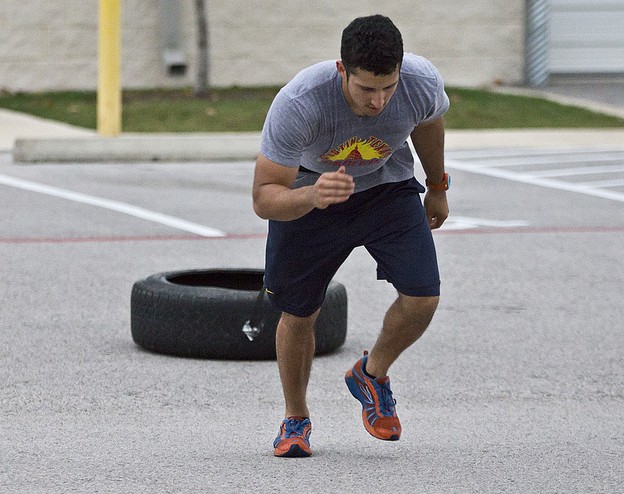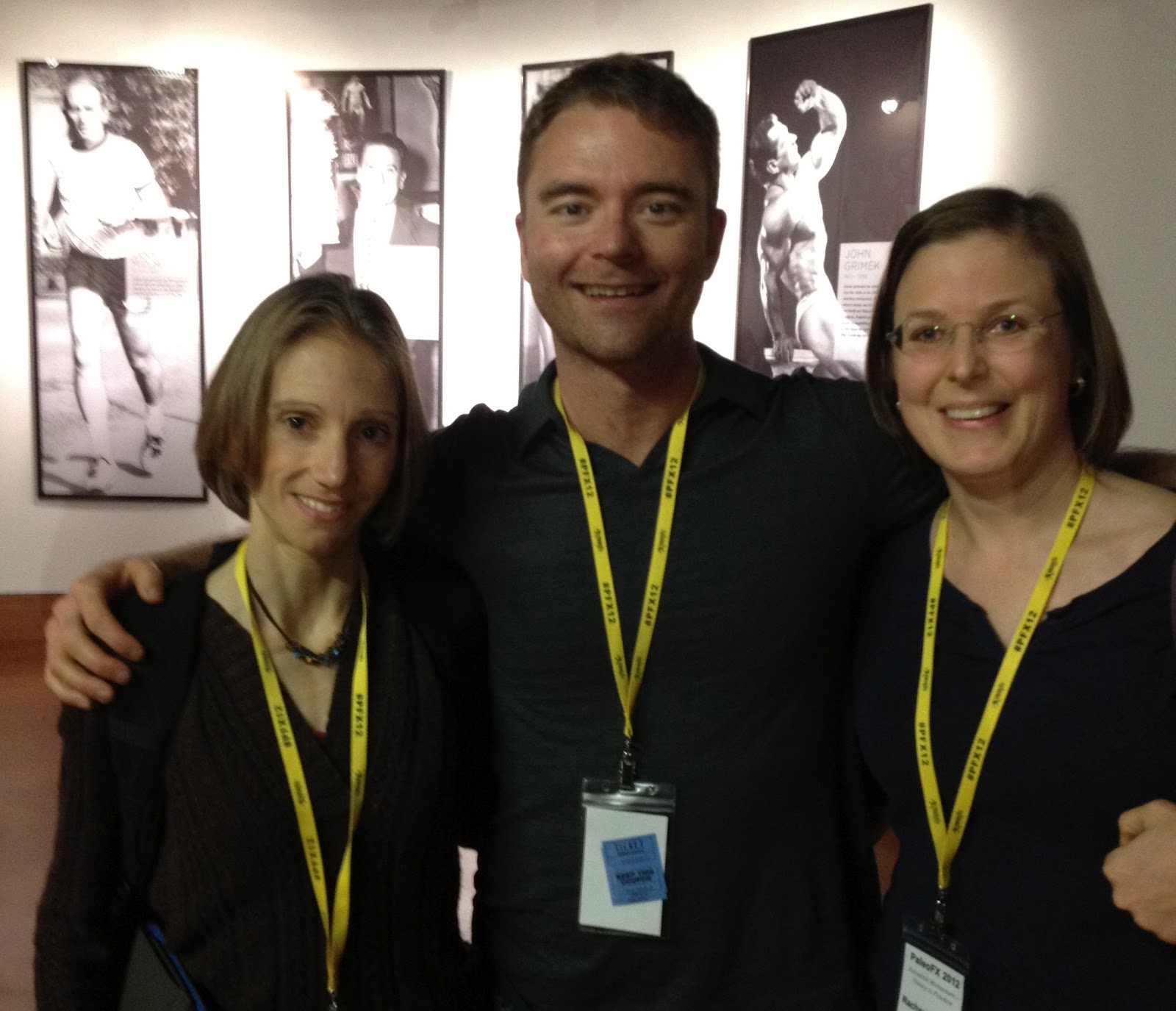The Olympic lifts, or the Snatch and Clean & Jerk, have been getting a lot of attention the past few years. Some of it is due to CrossFit, maybe a little more to do with the fact that strength and conditioning professionals are becoming more educated. In the fight against squat-suited up muscle heads and Richard Simmons step class bodybuilders, how do we stand a chance? First, lets get a little background.
The sport of weightlifting has been traced back more than 5,000 years to the walls of ancient Egypt and Chinese transcripts. Many of the apparatus’s used included stones, dumbbells, and other heavy objects, but almost always were from the ground to overhead.
The first weightlifting competitions were held in the late 1800’s in Europe, and the first world champion was crowned in 1891. It was simple and pure. The goal was to find the strongest man, so there were no weight-classes. It began with a two-hand and a one-hand lift, which later progressed to the press, snatch, and clean & jerk. Today we know it just as the Snatch and the Clean & Jerk. With the surge of CrossFit and the reinstatement of the lifts in the strength and conditioning world, people are beginning to see the benefits of lifting weight from the ground to overhead, which had already been discovered 5,000 years ago.
So what happened years ago when Olympic weightlifting began to decline and powerlifting and bodybuilding were on the rise? It’s pretty simple really, they are easier to do and easier to master. The movements that are required can be achieved by everyone, especially at the rule requirements for range of motion. Now before you testosterone filled, shirt bencher’s start throwing your computer across the room, I believe that I can say this, because I was a powerlifter for a majority of my strength training career. In Nebraska we did not have Olympic Weightlifting, or any qualified coaches to teach it. I lifted with and around some of the best in the world. B.I.G. Iron Gym and South Side were right around the corner from where I went to college, with people like Shawn Frankl, Jim Grandick, Becca Swanson, Kenny Rueben and Tim Anderson, and legendary coach Rick Hussey. I competed in the sport for 5 years, still hold American records, and loved it. The truth is that powerlifters are strong, but were uncoordinated, inflexible, or too slow to be sufficient in the Olympic lifts. For obvious reasons this made the conventional powerlifting movements, or squat, bench, and deadlift very attractive for the general public and strength and conditioning coaches. They are easy to teach, especially to a big group, and can get people freaky strong. Now we are seeing the Olympic lifts being done on an everyday basis. So what brought these beautiful movements back to life, and what are the benefits of doing the lifts instead of just squat, bench, and deadlift?
Can you see what these four pictures all have in common? If not, we have some problems. The Olympic lifts require rapid extension of the hip, as most sports do. In the pictures above, either bilaterally or unilaterally, the athletes are aggressively opening their hip, which makes these movements very beneficial. For athletic performance, the goal is to increase the athlete’s ability to produce force at higher velocities, which is known as “power.” Olympic style training involves “using heavy loads that are performed at a high velocity resulting in a high power output” (Hoffman, et al 2004). So once again, very beneficial to athletes with a lot of carry over to specific movements performed often in sports. I bring this up because in many strength and conditioning facilities as well as CrossFits we train EVERYONE like athletes. I approach a general population client just like I would approach an athlete. Athletes are looking to perform better in a sport or activity. An every day Joe is looking to perform better in what ever it is he or she wants, it’s all performance. I don’t just want my clients to be able to get around the grocery store; I want them to strut up and down the aisles, and then tell the high school bag boy to take a seat while this bad a$$ soccer mom loads her own car while feeling like a champ!
Powerlifting often argues that absolute strength is most important when looking at athletic performance, but what really carries over? Absolute strength is very important to the sport of powerlifting, because that is what is tested in the sport. Olympic lifting “may be superior to traditional powerlifting training because the exercises, while using heavy loads, are performed at a much higher velocity, which leads to a higher power output” (Hoffman et al 2004). Athletics require muscle synchronization, balance, flexibility, and coordination as well as strength, speed, power, and metabolic development. These are all assets that I would like everyone to obtain and excel at, not just athletes. Olympic weightlifting provides development in all these areas. It’s as simple as saying athletic movements build better athletes, and the Olympic lifts give the individual the opportunity to train a very athletic movement at a high velocity with maximal weights.
Not all people are going to be able to do the full-lifts, and that’s just reality, but everyone can do variations. I’m not saying that you should never squat, bench, or deadlift either. As lifters we squat, pull, and press everyday. Do you absolutely have to do the lifts or have them in your programming to be successful? No, but they will make you that much better, and when done properly are one of the most fulfilling achievements you will obtain in the gym.
-Coach Thomas
*Hoffman, et. al (2004) Comparison of Olympic vs. Traditional Power Lifting Training Programs in Football Players. Journal of Strength and Conditioning Research 18:129–35.


